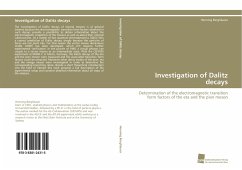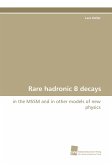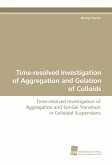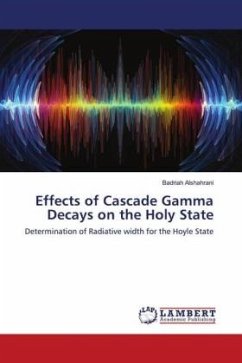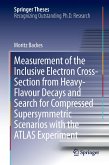The investigation of Dalitz decays of neutral mesons is of general interest because the electromagnetic transition form factors observed in such decays provide a possibility to obtain information about the electromagnetic properties of the mesons as well as about their internal substructures. As a matter of fact quantum electrodynamics (QED) fails a correct prediction of Dalitz decays simply because the particles of focus are not point like. For that reason the vector meson dominance model (VMD) has been developed, which still requires further experimental verification. In the picture of VMD a virtual photon can couple to a vector meson as an intermediate state. With the CB/TAPS experiment at MAMI-C in Mainz, Germany, the Dalitz decays of the eta and the pion meson were measured and the associated transition form factors could be extracted. Moreover other decay modes of the pion, eta and the omega meson were investigated in order to determine the corresponding branching ratios. Beside a short theoretical introduction into the field of interest this work presents a full description of the experimental setup and contains detailed information about all steps of the analysis.
